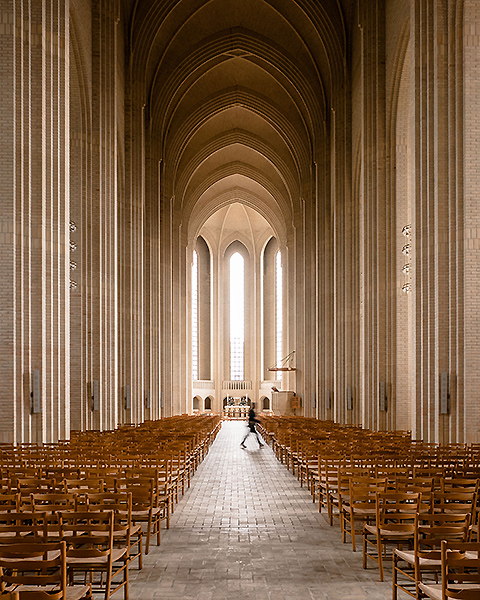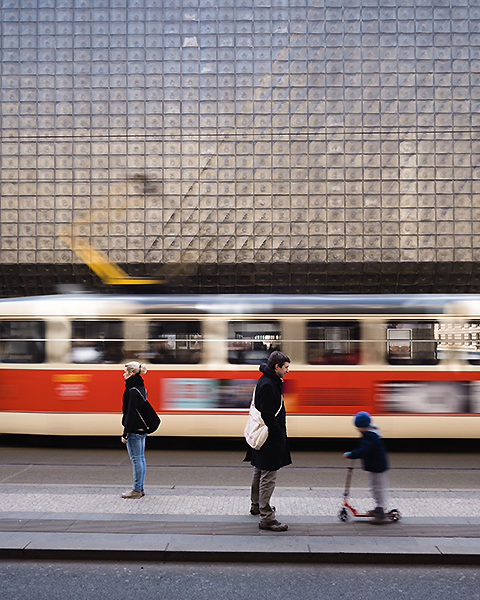LUMIX STORIES
Observing life with a camera - Jörg Nicht
With almost 550,000 followers on Instagram, Jörg Nicht is a photographer who stands out. He started his account @jn on the fast-growing online photography platform in 2010 using a smartphone. Today he shows the diversity of city life through the lens of a LUMIX G camera.
Taking photos in public places has a long tradition, and one that is closely intertwined with the invention of handy, compact cameras. Streets and squares are an ever-changing melting pot of locals and chance visitors, and that’s why it’s so exciting to take photos there. But I also encounter scenes that repeat themselves over and over again, and run into some people practically every day at the same cross-roads or in my neighbourhood. I make a motif out of these scenes as well. Which brings me to the basic question I’m trying to answer: what do I regard as interesting and important when I’m taking photos?
A good street photo should speak for itself. It should awaken the viewer’s curiosity and raise questions. Naturally, all this assumes that the photographer observed the scene accurately, and pressed the shutter button at just the right moment. Many of my photos were taken in situations where I spent a long time beforehand simply observing the scene. Which routes do people take? Which direction does the light come from? How do people react to the camera? It’s only after a lengthy period of observation that you can identify the typical patterns and structures of life at a particular location.
In public places like streets and squares, life seems chaotic much of the time. People cross the street in seemingly aimless ways, and we have no idea who will come round the corner next. Nevertheless, life does follow certain rules. People behave in regular patterns: getting up at the same time, preferring certain things to eat and wearing particular types of clothing. I exploit these behavioural patterns when taking photos. If I want a shot of a person running, I only need to wait for a tram to arrive. By positioning myself at a certain location and waiting for the expected behaviour, I am planning that seemingly chance moment. I cannot influence exactly how a situation pans out of course, but I can be prepared for it.
I currently use a LUMIX GX8 and a LUMIX GX80 for street photography, and I’ve recently started working with a LUMIX GX9. Each camera influences my work to some extent, and this doesn’t necessarily have anything to do with technical parameters such as megapixels and sensor sizes. It has more to do with the size of the camera, where the viewfinder is located and how intuitive the controls are. While it’s true that a good camera is no guarantee of a good photo, a camera that meets our own personal needs can sharpen our perceptions!





